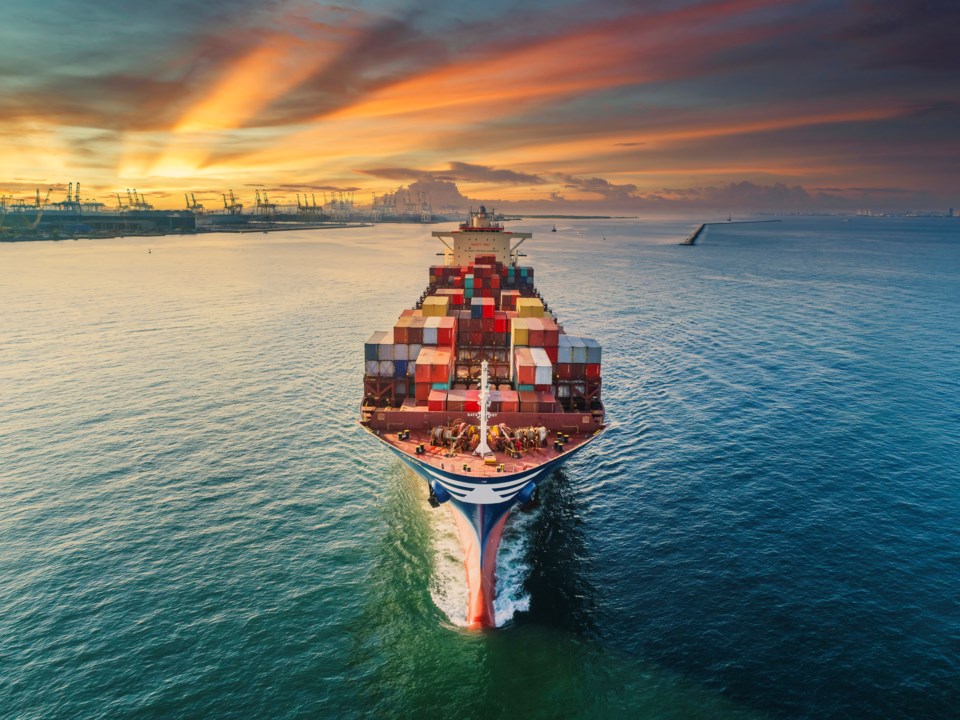Joe Biden achieved something like that when he recently announced a deal to begin operating the Port of Los Angeles 24 hours per day, seven days per week.
But it won’t be so easy to achieve a similar boost in capacity in Canada, says the organization spearheading agriculture industry efforts to fix the container crisis.
“Vancouver already operates on a 24-7 basis, so that isn’t an obvious solution for us,” said Greg Northey, vice-president of corporate affairs for Pulse Canada.
For Canada to fix the mess on the West Coast, in which containers filled with Asia-manufactured goods are emptied when they arrive and then sent back empty immediately to Asia, regardless of huge demand from Canadian exporters for open containers, a broader and higher-priority effort needs to be made, Northey said.
“There are definitely ways to boost port performance, but it will take a commitment from all the supply chain participants — marine carriers, terminals, railways, drayage, shippers — to sit down and see what impact current prices are having on the supply chain,” said Northey.
The problem is a supply chain in which the links are not all pulling in the same direction, he said.
“What we are experiencing is each different supply chain link making decisions that help their own situation but massively sub-optimize the entire system,” said Northey.
“So just the basic decision by marine carriers to prioritize exporting empty containers over full containers creates serious repercussions for terminals, drayage and railways, and obviously shippers.”
The problem with supply chain breakdowns has become a political issue and a concern for both the U.S.Congress and the Biden administration. That has little to do with any concerns from farmers about shipping difficulties and a lot to do with widespread concern about the galloping pace of inflation, which is sucking away U.S. consumers’ purchasing power.
Much of the inflation is believed to be due to the supply chain problems, rather than traditional sources such as excessive demand, high employment and strong economic growth, although those are factors too.
To tackle the issue, the U.S. created a supply chain task force, which has unleashed regulatory agencies to confront constrictions in the system. Moving U.S. ports to work 24-7 is the latest part of that effort.
Other countries around the world face similar problems.
Pulse Canada would like Canada to take the problem as seriously as the U.S., with its whole-of-government and government-industry approach. That’s how the changes at U.S. ports became possible.
“As a first step in Vancouver, the bare minimum we could do is follow a similar model so we better understand what is happening and identify the ways we can boost performance,” said Northey.

